|
When did the Church start teaching about Jesus’ Real Presence in Eucharist when we celebrate the Lord’s Supper, i.e., the Mass? Would you believe me if I said some of the earliest documentary evidence of this teaching dates back to year 50AD? That’s 50AD, by the way, and not 1250AD or 1550AD or 1950AD. You’ve probably heard of Saint Paul the Apostle. He wrote many of the letters in the New Testament section of your Bible. Paul started evangelizing the metropolis of Corinth around year 50AD and we get a sense of what he taught his early church about the Eucharist in 1 Corinthian 11:23-33. Did Paul use the language of “transubstantiation” to describe Jesus’ Real Presence at their Eucharist? No. Not because Jesus wasn’t present, but because the effort to utilize Aristotelian philosophical categories with theologically precise doctrinal language had not yet gained inroads in Christian thought. Paul did write this in 1 Cor. 11:23-27 about his teaching to the early Church:
For I received from the Lord what I also delivered to you, that the Lord Jesus on the night when he was betrayed took bread, and when he had given thanks, he broke it, and said, ‘This is my body which is for you. Do this in remembrance of me.’ In the same way also the chalice, after supper, saying, ‘This chalice is the new covenant in my blood. Do this, as often as you drink it, in remembrance of me.’ For as often as you eat this bread and drink the chalice, you proclaim the Lord’s death until he comes. Whoever, therefore eats the bread or drinks the cup of the Lord in an unworthy manner will be guilty of profaning the body and blood of the Lord. In verse 27 Paul mentions that receiving the Eucharist unworthily profanes “the body and blood of the Lord.” Earlier in the letter he makes this connection more explicit: “The cup of blessing which we bless, is it not a participation [Greek koinonia, English communion] in the blood of Christ? The bread which we break, is it not a participation in the body of Christ” (1 Cor. 10:16). Paul recounts this teaching to remind the Corinthian church what he already told them over the course of his time in Corinth. This is startling documentary evidence for faith in the Real Presence of Jesus in the Eucharist. And, Paul did not simply connect this presence to the gathered believers united in faith-filled fellowship. Paul drew this union into the remembrance of Jesus’ own Last Supper, what we now call “the Mass.” Paul “received from the Lord [Jesus]” the prayer and faith in the Eucharist and “delivered” it to the church; another translation could read “handed on to you.” When we speak of “tradition” we mean precisely this: being handed something from a previous generation. Paul states that he received, was handed, the Eucharist and its prayers from the Lord himself. Although nuanced debates remain concerning Paul’s choice of words about the Eucharist and their meaning, we do know that Paul did not simply manufacture the Eucharist and its prayers from thin air. He believed he received them from Jesus the Lord. And we see powerful resonance between Paul’s account and the other gospel accounts of the Last Supper, see Matthew 26:26-28, Mark 14:22-24, and Luke 22:17-19. What does this mean? Teaching about Jesus’ Real Presence in Holy Communion connected with both the prayers of Jesus (the Last Supper) and the elements used (bread and wine) did not originate with a Medieval church, but with the very first generation of believers. Although John the Evangelist does not include the Last Supper prayers concerning the Eucharist in his Gospel, he does give us chapter 6 of his Gospel (check out these verses from John’s Gospel chapter 6:32, 51-58). We have, then, multiple historical accounts from several sources about Jesus Last Supper and the Church’s grappling with his Real Presence in Communion, and one source relates teaching that happened around year 50AD, which is before the gospel books themselves were written; so, we are talking about an early, early account of Christian teaching, “fresh off the press.” As mentioned above, did the language about the Real Presence get honed in over the centuries? Of course. With any group of individuals involved in thinking about specific issues, technical language develops. This development in language does not translate into a development or change in the reality so described. The language the Church uses to describe the Real Presence of Jesus Christ in Communion during the Mass can be nuanced, technical, and sound a bit foreign to the Scriptural accounts given above. But the reality to which those theological words point take us all the way back to Jesus himself, and to Jesus who handed on to the Apostles what was eventually handed down to us: the Sacred Host of Jesus’ Real Presence in Holy Communion. Mind. Blown. Next time we gather together at Mass, take a moment to make a prayerful act of faith in the Real Presence of Jesus during Mass, especially in Holy Communion. |
AuthorFr. Jacob Bearer is a Catholic priest. He's about 6' to 6'4'' tall depending on which Convenient Store he's exiting. Although he enjoys kidney beans in chili, Fr. Jacob does not like baked beans and counts this as one of the toughest blotches on his character. He's been the administrator of SS. Edward's and Lucy's since January of 2022. Thank God for the Hatchery...this is a place where the author can share thoughts and ideas that don't quite seem right for the bulletin and won't exactly make for a homily (except for the times when the homily is posted with a sound file or used for a blog post). God bless you...and the hatchery. Archives
July 2024
Categories |

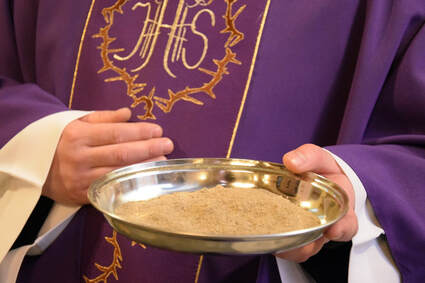
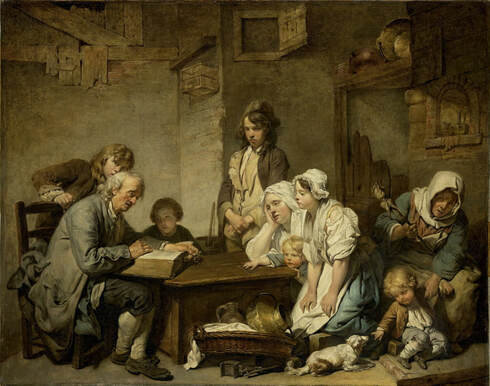
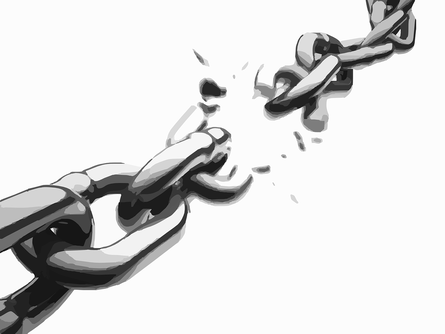

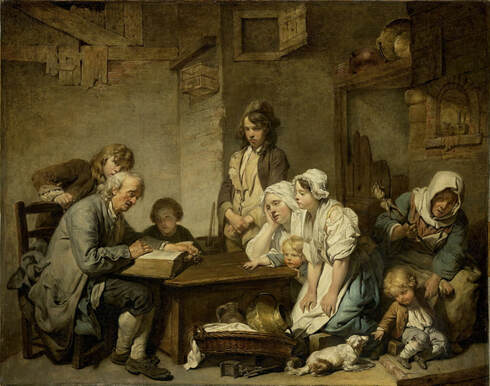

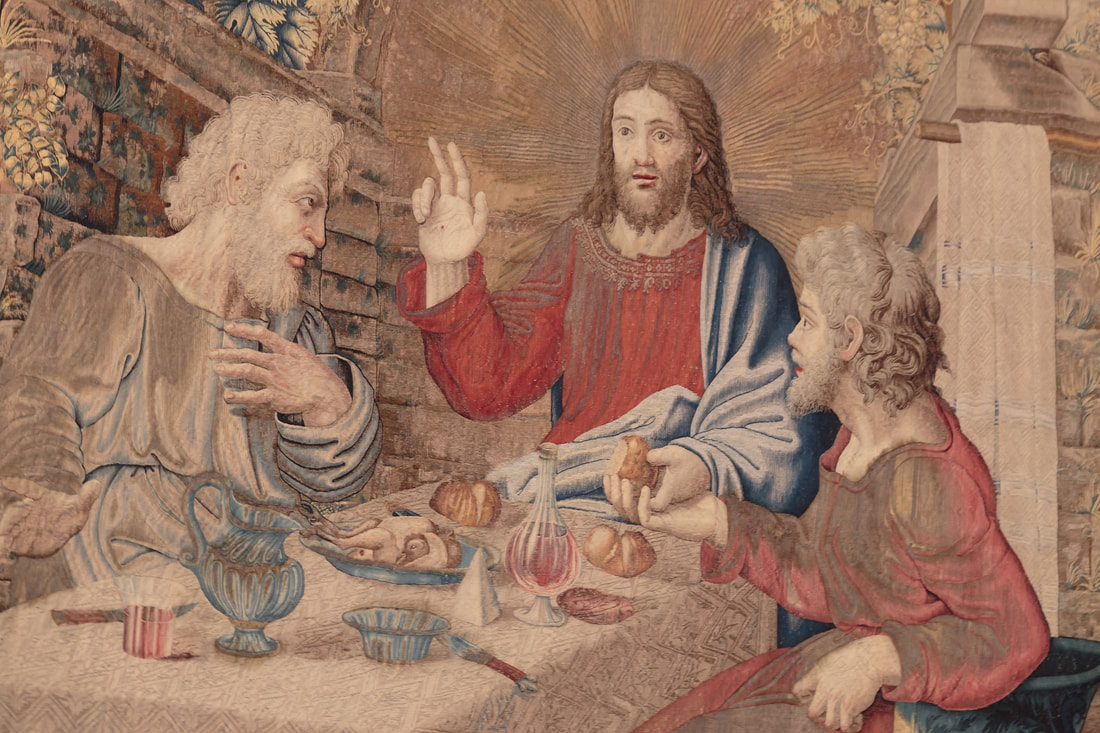
 RSS Feed
RSS Feed